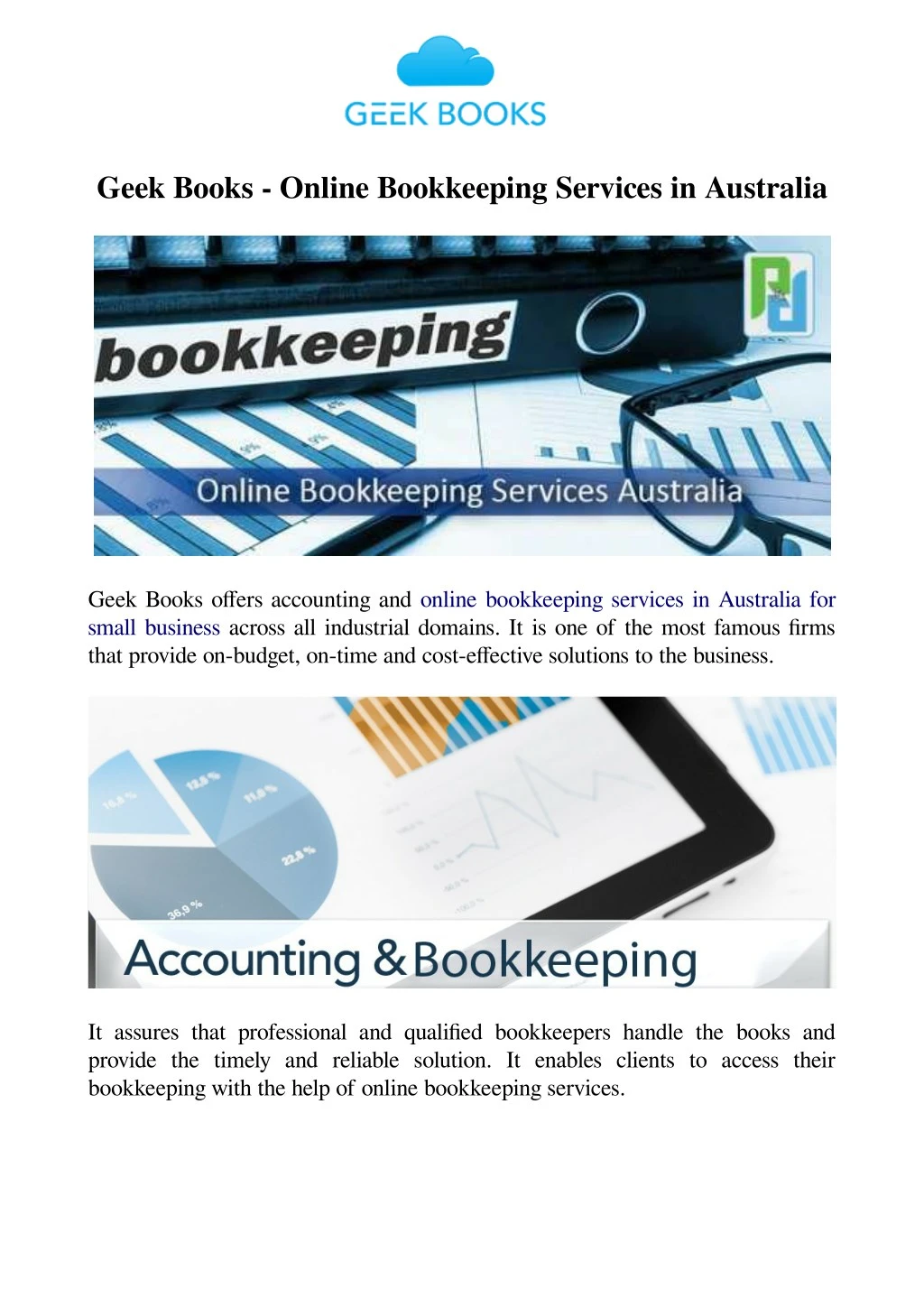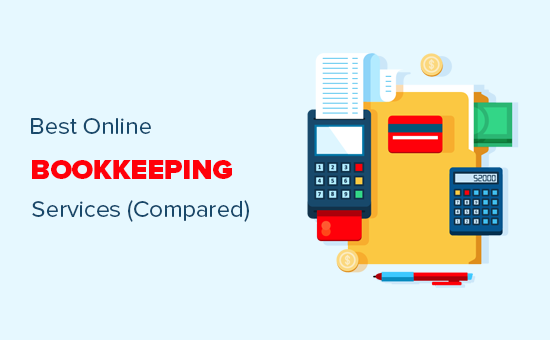Ed would credit his Online store fee account as this is an expense account. Below is a basic example of a debit and credit journal entry within a general ledger. A normal balance is the side of the T-account where the balance is normally found. When an amount is accounted for on its normal balance side, it increases that account.
- Information presented below walks through specific accounting terminology, debit and credit, as well as what are considered normal balances for IU.
- To determine if an account should have a debit or a credit balance, you must identify the type of account in question.
- Then, the projected accounts receivable balance can be determined using the following formula.
- Along with The Balance, Yvette’s work has been published in Fit Small Business, StoryTerrace, and more.
- Get instant access to video lessons taught by experienced investment bankers.
- As per Accrual System of Accounting, you record Allowance for Doubtful Accounts so that you get an understanding of the amount of bad debts that can occur in future.
Generally speaking, the balances in temporary accounts increase throughout the accounting year. At the end of the accounting year the balances will be transferred to the owner’s capital account or to a corporation’s retained earnings account. One of the fundamental principles in accounting is the concept of a ‘Normal Balance‘. Whether you’re an entrepreneur or a seasoned business owner, understanding the normal balance of accounts is crucial to keeping your business’s financial health in check. The change in A/R is represented on the cash flow statement, where the ending balance in the accounts receivable (A/R) roll-forward schedule flows in as the ending balance on the current period balance sheet.
Let’s Walkthrough Some Examples on Normal Balances of Accounts
For example, if you compute the average balance for the year 2023 by using the balances from only two days (December 31, 2022 and December 31, 2023), you are ignoring the balances on the other 364 days of 2023. That’s a problem if the majority of the company’s activity occurs in the months of March through October. If that’s the case, using only the December 31 balances will result in an average that is misleading. An asset management firm that opts to bill in arrears, on the other hand, would temporarily have an A/R balance on its balance sheet, usually for only a day or two as fees are taken from client custody accounts. Taking on this loss and being stuck with 50,000 units of custom books could be tragic to the seller.
For instance, when a business buys a piece of equipment, it would debit the Equipment account. Accounts receivable (AR) is the balance of money due to a firm for goods or services delivered or used but not yet paid for by customers. So for example there are contra expense accounts such as purchase returns, contra revenue accounts such as sales returns and contra asset accounts http://gdqschool.org/open-positions/secondary-english/ such as accumulated depreciation. Accounts payable is a current liability that represents money you owe your vendors and suppliers. Whenever you receive a bill from a vendor or supplier, it should be recorded into accounts payable and paid by the specified due date. The A/R turnover ratio is a measurement that shows how efficient a company is at collecting its debts.
What is Accounts Payable?
Accounts receivable are recorded in a business’s general ledger and reported as part of the current assets listed on its balance sheet since these receivables are expected to be paid and converted into cash within a year. So if your photography business invoices a client for $250 for a photo https://www.rballen.com/services/sales-installations-and-products shoot, $250 would be debited from the accounts receivable and credited to sales on the general ledger. The accounts receivable balance would show up under current assets on the company balance sheet. Once the payment is received by the customer, the business can then record the payment.
- Moreover, at the beginning of Year 0, the accounts receivable balance is $40 million but the change in A/R is assumed to be an increase of $10 million, so the ending A/R balance is $50 million in Year 0.
- The accounts receivable turnover ratio is a simple financial calculation that shows you how fast your customers are at paying their bills.
- Remember, because accounts receivable is an asset account, we’ll need to debit it.
- Accounts Receivable Turnover in days represents the average number of days your customer takes to make payment against goods sold on credit to him.
- This is done to calculate the net amount of accounts receivable anticipated to be collected by your business.
Sometimes, businesses offer this credit to frequent or special customers who receive periodic invoices. The practice allows customers to avoid the hassle of physically making payments as each transaction occurs. In other cases, businesses routinely offer all of their clients the ability to pay after receiving the service. Companies record accounts receivable as assets on their balance sheets because there is a legal obligation for the customer to pay the debt. They are considered liquid assets because they can be used as collateral to secure a loan to help meet short-term obligations.
What if they don’t pay?
If you have already written off their accounts, you have to use an account called bad debts recovered to record the bad debt recovery in the income statement. T-Accounts are a graphical representation of ledger accounts, used to visualize the effects of transactions on each account. They resemble the shape of a “T”, with the account title at the top, debits on the left side, and credits on the right side. T-Accounts help accountants and students to understand where to record debits and credits for each transaction in the double-entry bookkeeping system. It involves the application of financial ratios—a powerful component of financial statement analysis—to extract meaningful business insights.
Accounts payable on the other hand are a liability account, representing money that you owe another business. Delve into the essence of financial reporting with our comprehensive guide on Substance Over Form. Uncover the true nature of business transactions and learn why the economic reality trumps legal formality. This systematic approach in drafting balance sheets not only streamlines financial reporting but also instills confidence in the integrity of the data presented. Shareholders’ Equity, according to the Normal Balance of Accounts, represents the residual interest in a company’s assets after liabilities are subtracted, indicating the ownership stake. A platform like Brixx offers comprehensive financial and automated accounting features, enabling businesses to efficiently track their accounts, automate financial forecasting, and produce precise financial reports.
What is Accounts Receivable?
The accounts payable ledger, in contrast, usually reflects a normal credit balance under the Normal Balance of Accounts, indicating the money a company is obligated to pay its suppliers. Each payment made reduces this liability with a debit entry, potentially affecting the company’s cash flow percentage. New purchases or services contracted increase https://www.prorobot.ru/08/robot-mikrom.php the credit side, thus altering the company’s financial obligations and impacting its operational budget. We’ve covered debits, credits, the basic accounting equation and accounts but we need to go further into accounts. In accounting, it is essential to understand the normal balance of an account to correctly record and track financial transactions.
The IRS’s Business Expenses guide provides detailed information about which kinds of bad debt you can write off on your taxes. For example, let’s say that after a few months of waiting, calling him on his cellphone, and talking to his family members, it becomes clear that Keith has disappeared and isn’t going to pay that $500 invoice you sent him. Though lenders and investors consider both of these metrics when assessing the financial health of your business, they’re not the same.





